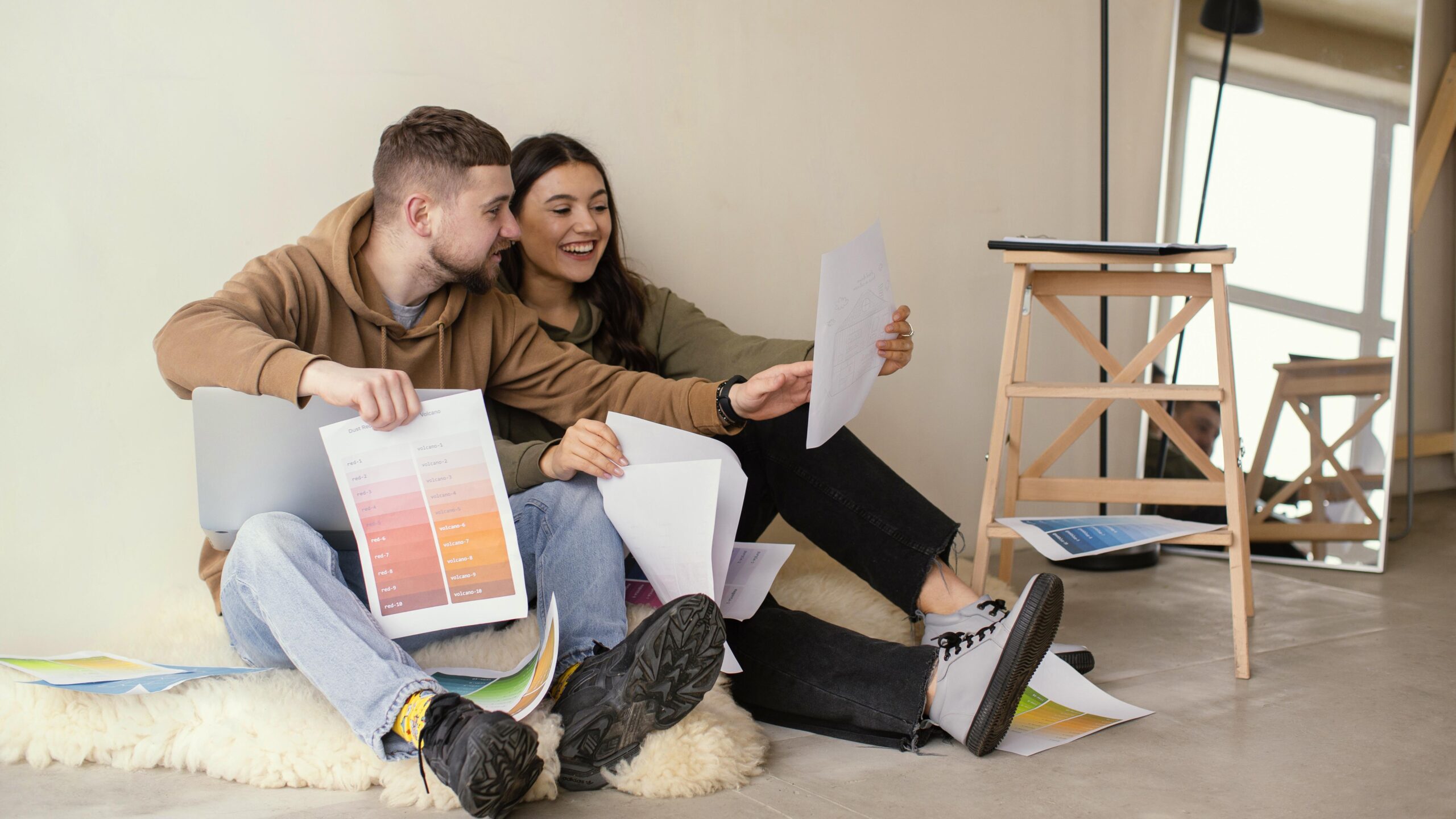A room makeover should feel exciting—not stressful. But somewhere between pinning inspiration boards and hitting “add to cart,” it’s easy to feel completely overwhelmed. If you’ve ever started decorating, only to second-guess every decision or feel stuck before you’ve even begun, you’re not alone. The secret? A thoughtful plan that keeps you focused, confident, and inspired along the way.
Here’s a simple, designer-approved roadmap to help you pull off a room makeover with ease and clarity.
Step 1: Start With How You Want the Room to Feel
Before choosing colors or furniture, define the feeling you want the space to give you. Cozy retreat? Eclectic and casual? Calm and minimal? When emotions lead, decisions become easier. Every item you choose should support that feeling.
Designer Tip: Write down three words that describe the mood you want in this room and use them as your filter for all decisions.
Step 2: Take Inventory of What You Already Have
You might be surprised how many pieces can stay, just styled differently. Walk through the room and separate items that have reached the end of their time in your space, and items that you love and couldn’t see your life without.
This step instantly cuts down the mental clutter and gives you a realistic view of what you’re working with. A decorator can help you with this process by providing an overview and plan or what will work together.
Step 3: Create a Visual Direction (Mood Board)
A simple mood board—digital or on paper—helps you see your ideas come together. Include:
Color direction
Furniture inspiration
Textures and fabrics
Styling examples that match the feeling you’re going for.
Seeing everything together stops impulse decisions and keeps your style cohesive.
Pinterest, Canva, or even a photo collage on your phone works perfectly.
Step 4: Map Out the Function First
Pretty is important, but function is everything. Ask yourself:
How do you realistically use this room?
Are there bottlenecks or annoyances (no place to put your drink, no storage, awkward furniture layout)?
What would make daily life feel smoother in this space? Do you need another table for your tablet or coffee cup?
Design should enhance how you live—not just how things look.
Step 5: Set a Purchase Priorities List
This step alone dramatically reduces overwhelm. Decide what the anchor pieces are (like a sofa, rug, bed frame, or storage) and list smaller décor items last. Purchase in phases:
Flooring and rugs
Secondary Furniture
Lighting & Textiles
Decor & Personality Layers
Paint/wall and window treatments.
Knowing what comes next keeps you from jumping all over the place—or buying pillows before you’ve even chosen a sofa.
Step 6: Give Yourself a Realistic Timeline
Not everything needs to be done in a weekend. Room transformations can happen in layers—and that’s often when the best results happen. Break the project into weekly mini-goals rather than one huge deadline. Celebrate progress along the way.
Step 7: Style Slowly and Edit Thoughtfully
Once the main pieces arrive, take your time styling. Place items, live with them, adjust. Sometimes a space tells you what it needs once you’re actually in it. Don’t rush the final layer—it’s where your personal style really shines.
Final Thoughts
Hiring a designer can help to weed through your items with you and help you source new items to complement. Call us to book a consultation. From there we can finish the room for you or provide guidence for you to finish on your own!

